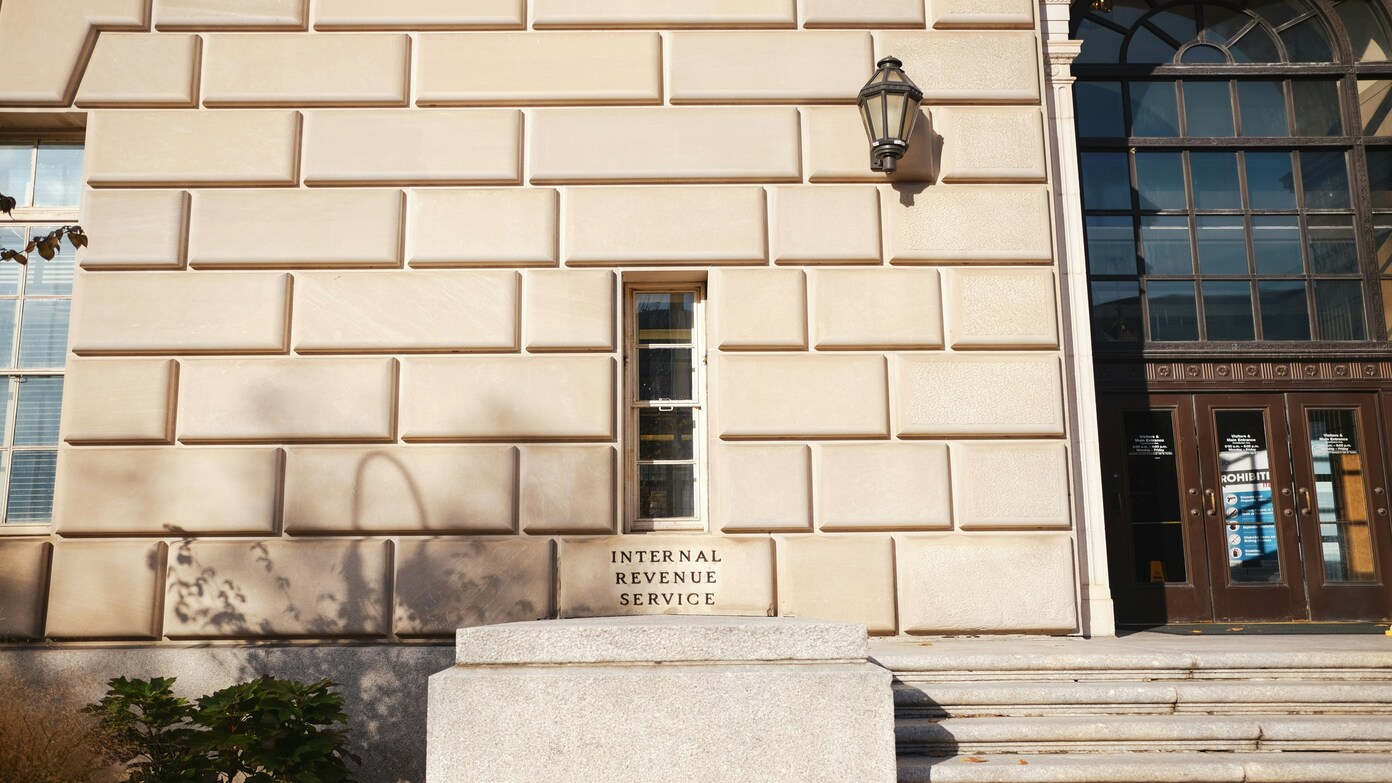The IRS Form 1099-INT is a tax document used to report interest income received during a tax year. Financial institutions, banks, and other entities use this form to inform both taxpayers and the IRS about taxable and tax-exempt interest earnings. Understanding when to file, how to complete the form, and where to submit it is crucial for compliance with tax regulations.
What Is IRS Form 1099-INT?
Form 1099-INT, “Interest Income,” is used to report interest payments of at least $10 received in a tax year. This includes interest earned on savings accounts, certificates of deposit (CDs), and U.S. savings bonds. The form also reports early withdrawal penalties, foreign tax paid on interest, and federal income tax withheld under backup withholding rules.
Who needs to File Form 1099-INT?
Banks, credit unions, investment firms, and other financial institutions must file Form 1099-INT if they:
- Pay interest of $10 or more to an individual or business.
- Withhold and pay foreign tax on interest.
- Withhold federal income tax under backup withholding rules.
Even individuals who act as middlemen in financial transactions may need to file the form if they meet these criteria.
Instructions for Filling Out Form 1099-INT
Filing Form 1099-INT correctly ensures accurate tax reporting and compliance with IRS regulations. The form includes multiple sections, each with a specific purpose.
Read this later: A woman from Montana discovers that her husband of 21 years did not pay his taxes – Now the IRS is pursuing them for…
Can IRS garnish wages without warning and how many notices does the IRS send before
Bad news for millions of Americans this Christmas – These are the new USPS rates for holiday shipments from October 2025 to January 2026
More than 100,000 Ford cars recalled – These are all the models and years of manufacture affected by the massive recall
Bad news for the US economy: Reagan advisor says recession is coming
What interest rates do the IRS charge on underpayments and overpayments – new rates set by the IRS
Key boxes on Form 1099-INT
Box 1: Interest Income – Reports taxable interest earned.
Box 2: Early Withdrawal Penalty – Shows penalties for withdrawing money early from a time deposit.
Box 3: Interest on U.S. Savings Bonds and Treasury Obligations – Includes interest from government securities, which may be exempt from state tax.
Box 4: Federal Income Tax Withheld – Displays any federal tax withheld under backup withholding rules.
Box 5: Investment Expenses – Reports deductible investment expenses (for certain bond investments).
Box 6 & 7: Foreign Tax Paid and Foreign Country – Shows foreign tax paid on interest income and the respective country.
Box 8: Tax-Exempt Interest – Reports interest exempt from federal income tax, such as municipal bonds.
Box 9: Specified Private Activity Bond Interest – Reports tax-exempt interest from private activity bonds, subject to Alternative Minimum Tax (AMT).
Box 10-14: Market Discount, Bond Premium, and State Information – Related to bond investments and their tax implications.
Reporting Interest and Bond Premium
Interest payments are reported when they are credited to an account or made available for withdrawal. If a bond premium amortization applies, it must be reported correctly to reflect taxable interest.
Statements to Recipients
The payer must provide the recipient with a copy of Form 1099-INT by January 31 of the following tax year. The IRS must receive the form by February 28 (paper filing) or March 31 (electronic filing).
When Is Form 1099-INT Needed?
Form 1099-INT is required when an individual or business earns at least $10 in interest during a tax year. It must also be filed if:
- Federal or foreign taxes are withheld from the interest.
- The payer is a nominee or middleman handling interest payments.
- The interest payment involves taxable or tax-exempt bonds.
Exceptions to reporting interest income
Certain interest payments are not required to be reported on Form 1099-INT. These include:
- Interest paid to corporations and tax-exempt organizations.
- Interest from foreign sources paid by a non-U.S. payer.
- Interest from an individual (such as personal loan interest).
- Tax-deferred interest earned in an IRA.
Where to submit Form 1099-INT
Filing with the IRS
Payers must send Form 1099-INT to the IRS, along with Form 1096 (Annual Summary and Transmittal of U.S. Information Returns), if filing by paper.
Mail Paper Forms To: The appropriate IRS address listed in the form’s instructions.
E-File: Businesses filing 10 or more forms must submit electronically through the IRS Filing Information Returns Electronically (FIRE) system.
Providing to the recipient
The recipient must receive a copy of Form 1099-INT by January 31. This ensures they can report the interest income on their tax return.
Special considerations for Nonresident aliens
If interest payments are made to nonresident aliens, Form 1042-S (Foreign Person’s U.S. Source Income Subject to Withholding) is used instead of Form 1099-INT. Backup withholding may apply if proper tax documentation is not provided.

